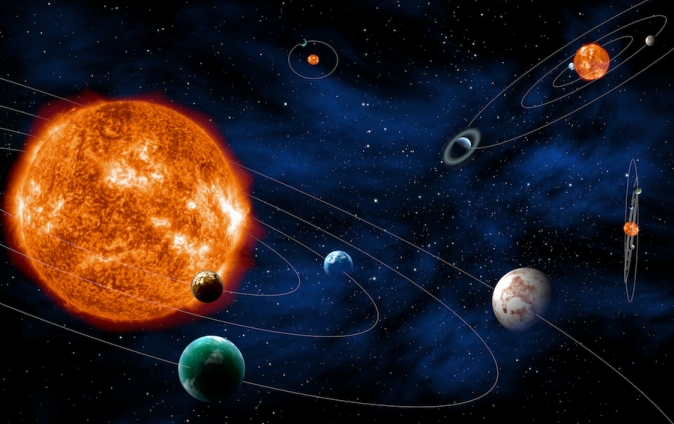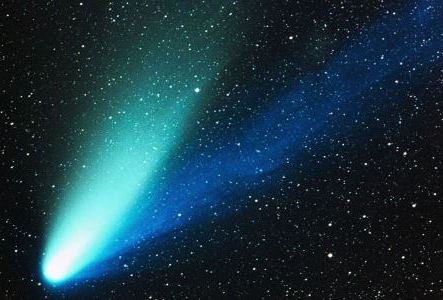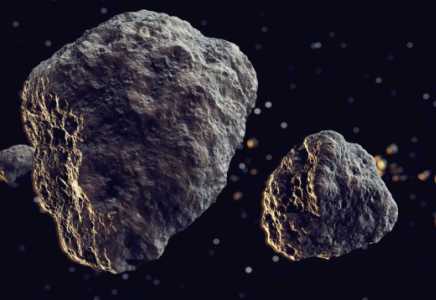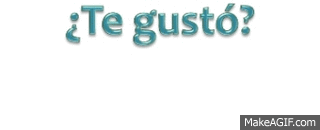
Hola a todos, ya llegamos a la segunda parte de este post. Antes de continuar esta pequeña clase sobre cuerpos celestes quiero hacer una pequeña acotación. Los lenguajes informáticos no son lo mío, y aún cuando sigo las instrucciones del HTML algunos títulos e imágenes quedan movidos en Steemit.
En la vista previa siempre se ven bien, así que no sé si es por mi navegador, el cual no puedo actualizar por tener una versión vieja de Windows, o alguna otra razón. Pido disculpas de antemano si algo no se ve cómo debería. Sin más que agregar, vamos a lo que interesa.
Hello everybody. The second part of this post has arrived. Before continuing this little class about celestial bodies I want to make an announcement. Computer languages are not my forte, and even when I follow the instructions of HTML some titles and images don’t end up where I want them to on Steemit.
They always look good in the preview, so I don’t know if it’s because of my browser (I cannot upgrade it cause my Windows’ version is old) or another reason. I apologize beforehand if something doesn’t look as it should. Without further ado, let’s get started.

Cometa/ Comet:

Es un cuerpo celeste compuesto principalmente por polvo, hielo y rocas. Los cometas orbitan alrededor de una estrella, trazando trayectorias elípticas, parabólicas o hiperbólicas. Se diferencian de los asteroides porque están compuestos de materiales que pasan de estado sólido a gaseoso, sin pasar por el líquido, cuando se acercan al Sol. Los cometas generan una atmósfera de polvo y gas llamada coma, cuando los vientos solares golpean esa coma se forma su característica cola (yo siempre la llamé estela).

Asteroide/ Asteroid:

Es un cuerpo celeste principalmente rocoso, compuesto por elementos como el carbón y ciertos metales (algunas personas piensan que un asteroide será lo que destruya nuestro planeta). Su medida varía, entre los 1000km y las decenas de metros (no menor a 50m). Los asteroides orbitan alrededor de las estrellas. En nuestro Sistema solar, la mayoría de ellos poseen formas irregulares y se encuentran entre las órbitas de Marte y Júpiter, formando un cinturón de asteroides conocido como Cinturón principal.
It’s a mainly rocky celestial body, composed of elements like carbon and metals (some people believe an asteroid is going to cause the destruction of our planet). Asteroids sizes vary, between 1000km and tens of meters (no less than 50m). They orbit around stars. Inside our solar system, most of them have irregular shapes and can be found between the orbits of Mars and Jupiter, forming an asteroid belt known as the main belt.

¿Meteoroide?/ Meteoroid?:

Sí, meteoroide no es un término muy común. A que muchos de ustedes no sabían que se llamaba así. Es un cuerpo celeste que muchos ignoran, pero del que todos hemos oído hablar y (aquí viene la parte divertida) esto se debe a un desconocimiento de términos. Los meteoroides son cuerpos menores, de entre los 100µm (micrómetros) a los 50m. Generalmente, son fragmentos que se desprenden de algún asteroide o cometa, pero también pueden ser trozos de algún satélite o planeta, que se desprendieron después de una gran colisión o impacto entre cuerpos celestes mayores.
Cuando un meteoroide entra en la atmósfera de un planeta, la Tierra por ejemplo, se calienta y empieza a desintegrarse. El gas y partículas que emite mientras se vaporiza, se ioniza y brilla; a este fenómeno se le conoce como Meteoro o Estrella fugaz (ahora ven por dónde van los tiros). Cuando un fragmento de meteoroide logra impactar, es decir, si llega al suelo, se le conoce como Meteorito.
Yeah, meteoroid isn’t a very known term. I bet many of you didn’t know about it. It is a celestial body that many overlook, yet everybody has heard about, and (this is the funny part) it’s because of a misusage of terms. Meteoroids are minor bodies, between 100µm (micrometers) and 50m. Usually, they’re fragments that detached from an asteroid or a comet, but they also can be fragments, from a satellite or a planet, that detached after a big collision or impact between large celestial bodies.
When a meteoroid enters a planet’s atmosphere, the Earth for example, it heats and starts to disintegrate. The gas and particles it emits while vaporizing, get ionized and shine; this phenomenon is known as Meteor or Shooting star (Now you can see where I’m going with this). When a fragment from a meteoroid reaches the earth, I mean, when it hits the ground, said fragment is called Meteorite.

Espero que les haya gustado esta segunda parte y que les pareciera interesante. Aún falta una tercera parte (la última). Si aún no han leído la primera parte de mi post, aquí les dejo el link:
I hope you liked this second part of my post, and that you found it interesting. There’s still a third part (the last one). Also, if you haven’t read the first part, here’s a link to it:


Hi, I found some acronyms/abbreviations in this post. This is how they expand:
Downvoting a post can decrease pending rewards and make it less visible. Common reasons:
Submit
Congratulations @danielalu! You received a personal award!
You can view your badges on your Steem Board and compare to others on the Steem Ranking
Do not miss the last post from @steemitboard:
Vote for @Steemitboard as a witness to get one more award and increased upvotes!
Downvoting a post can decrease pending rewards and make it less visible. Common reasons:
Submit
Congratulations @danielalu! You have completed some achievement on Steemit and have been rewarded with new badge(s) :
Click on any badge to view your own Board of Honor on SteemitBoard.
For more information about SteemitBoard, click here
If you no longer want to receive notifications, reply to this comment with the word
STOPDownvoting a post can decrease pending rewards and make it less visible. Common reasons:
Submit
Congratulations @danielalu! You received a personal award!
Click here to view your Board
Downvoting a post can decrease pending rewards and make it less visible. Common reasons:
Submit